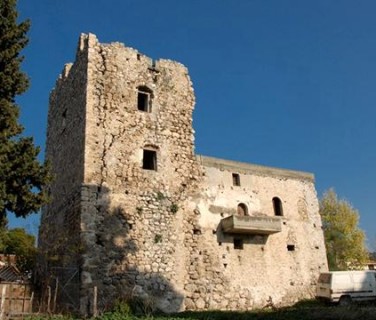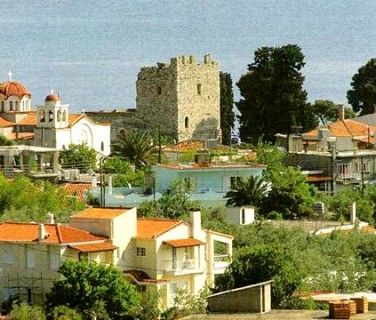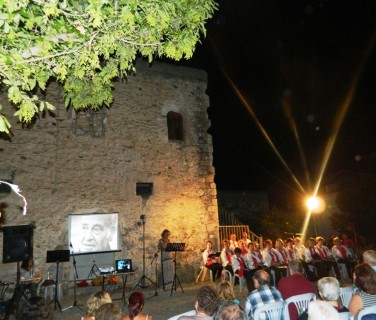
Tower of Rovies
5.0
Sight
Tower of Rovies is a medieval tower that dominates the seaside village of Rovies in northern Evia. It was built by the Franks but used by the Venetians, Turks and Greeks, who made significant additions and changes to the original tower.
History
The area has been inhabited continuously since the Paleolithic period under the name "Orivia".
The tower must have been built at the beginning of the Frankish occupation by the ruler of the Prince of Achaia William II Villeardouin between 1255-1258. At that time, Billiardine had a heated dispute with the Franciscan Barons of Evia, claiming half of the Oreon, which was his wifes dowry.
After the conquest of Istanbul by the Crusaders of the Fourth Crusade in 1204, Boniface the Confessor, leader of the Crusade who had taken over the King of Thessaloniki, had advanced to southern Greece. He occupied Evia, where Jacob dAven built a fortress on the Strait of Euripos and assumed the title of Lord of Evia. After the death of Jacob de Aven, Boniface, in 1205, divided the lands of Evia into three Lombardy compatriots (from Verona) in three places as follows: the northern part, with the capital of the Ores, the central one with the capital of Chalkida and the south with Karystos. The Franciscan Barons of Evia, in an effort to resolve their differences, but also with the Emperor of Istanbul and the Principality of Achaia, entered into agreements with the Venetians for concessions and other privileges. In this way control gradually passed to the Venetians who ruled Evia during the 14th and 15th centuries. The tower was originally a pirate watchtower. Evia was occupied by the Ottomans in 1470 and Rovies became the seat of a municipality. The tower became the residence of Turk squire.
In 1832 the Rovies were sold by the Turkish owner to the Greek cypher Apostolos Douma. Douma decorated the tower to resemble a 19th-century mansion and constructed the extensions below the main tower. In 1930, the then owner Antonis Papadopoulos also made major changes with concrete additions following an earthquake that destroyed part of the tower.
All of these interventions rescued the tower, but altered its shape to a degree that has little to do with the original Frankish tower.













